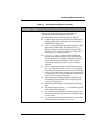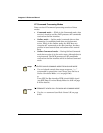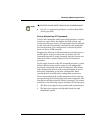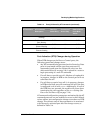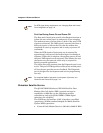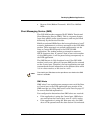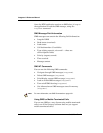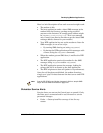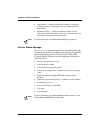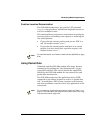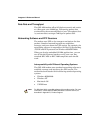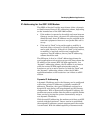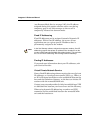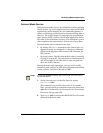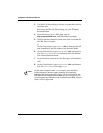
Developing Modem Applications
80-99208-1 Rev. D 5-19
Here is a brief description of how such a scenario might work:
• The modem is idle.
• The host application sends a short SMS message to the
modem from the Gateway, perhaps using an email
account on the Internet. (A sample email address might
be “
mdn@msg.globalstarusa.com.” This is an example
only. Contact your Service Provider to get the latest SMS
message address format for your modem.)
• Your DTE application has set up the modem to listen for
SMS messages, in one of two ways:
❑ By turning SMS alerting on (using AT$QCSMSA).
❑ By having the DTE application poll for messages with
a timer (using the
AT$QCSMSI command).
• When the modem gets an SMS alert, it notifies the DTE
application.
• The DTE application queries the modem for the SMS
message (using
AT$QCSMSP and/or AT$QCSMSM).
• The DTE application parses the message, looking for
strings that tell it to connect to the host application.
• The DTE originates a data call (packet or asynchronous).
Once the call has been established, the modem functions
simply as a “pipe” for data between the host server and DTE
applications.
Note
See the CD-ROM in your Modem Integrator’s Kit for a sample SMS
script. Also see SMS Commands on page 6-51.
Globalstar Service Alerts
Service alerts are sent on the Control port or queued (if only
the Data port is connected and in use) whenever a service
parameter changes:
• Fades — Gateway/satellite coverage is lost for any
reason.



